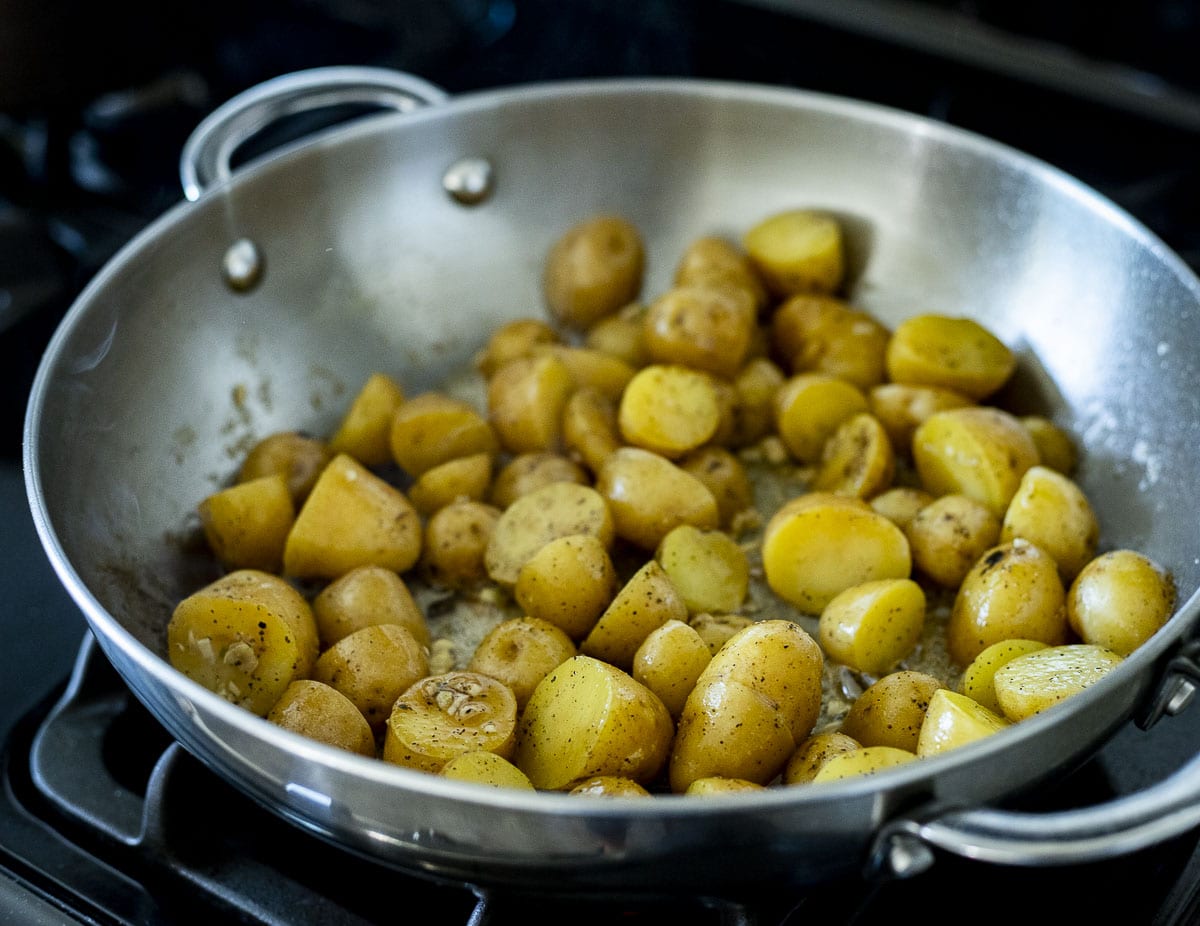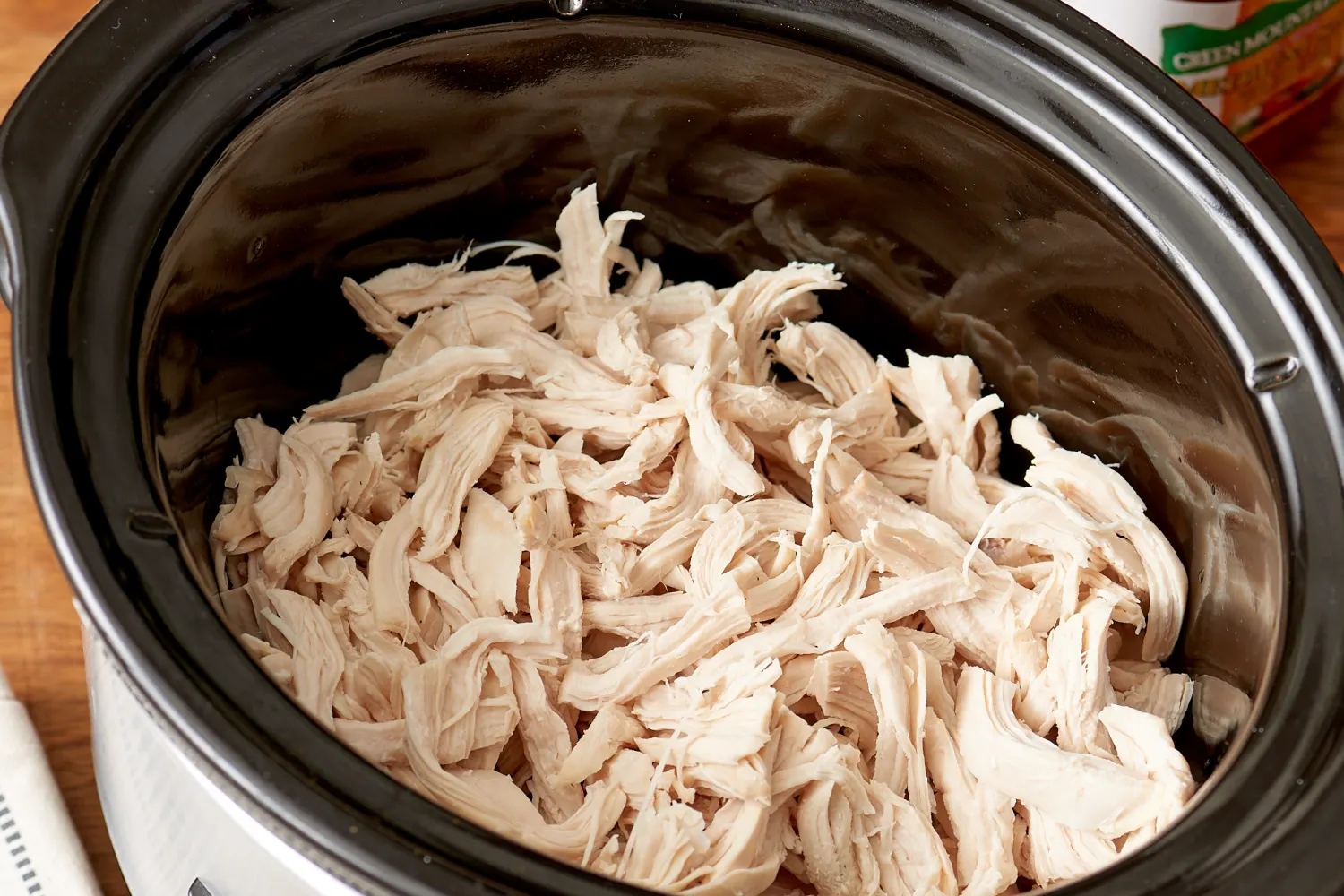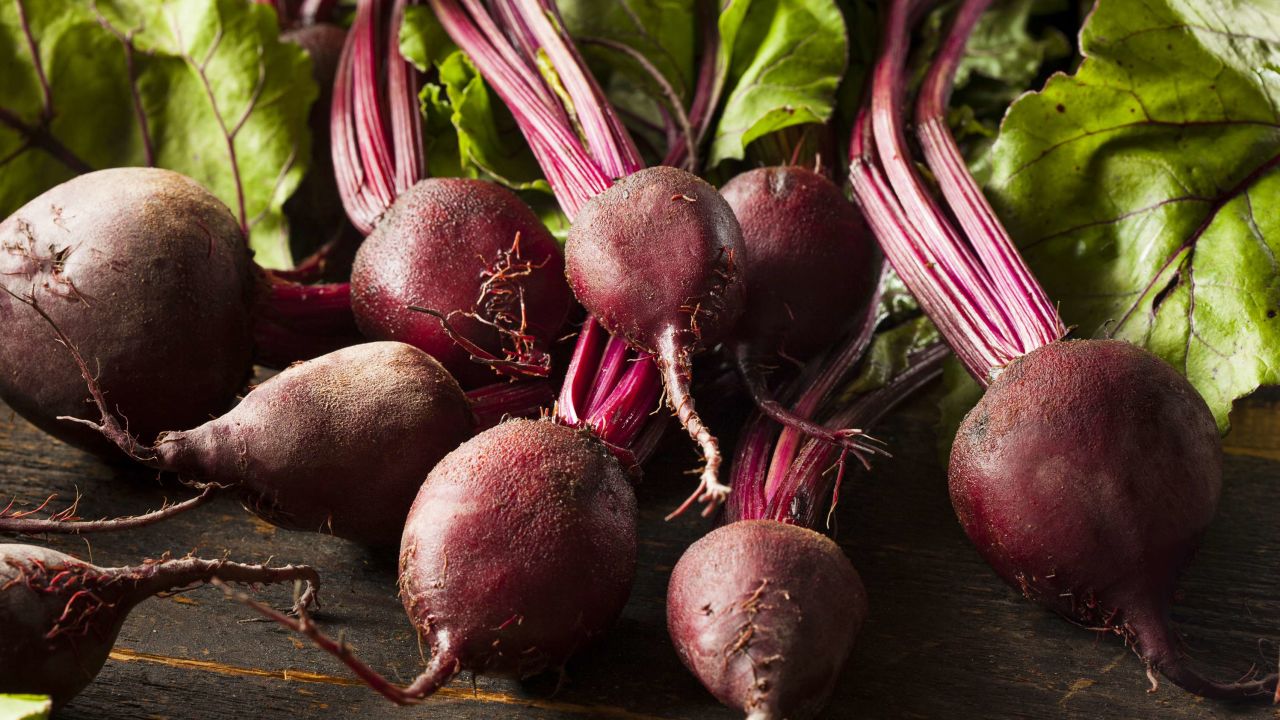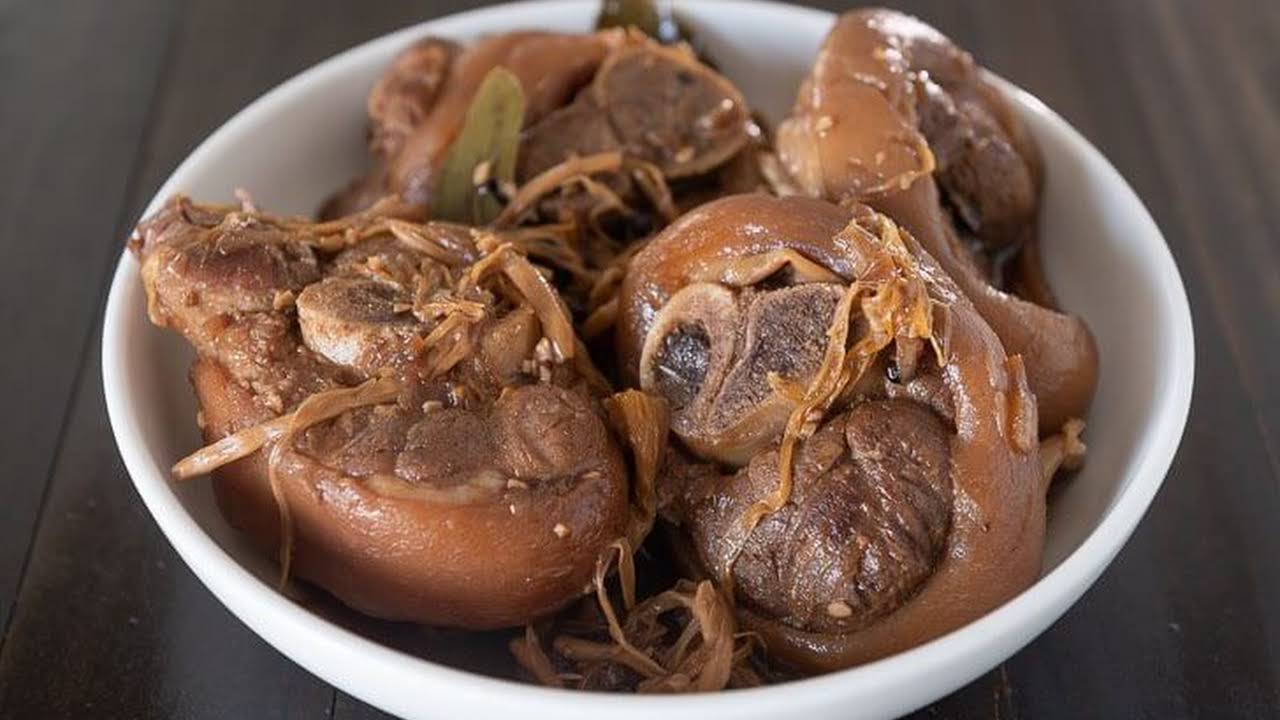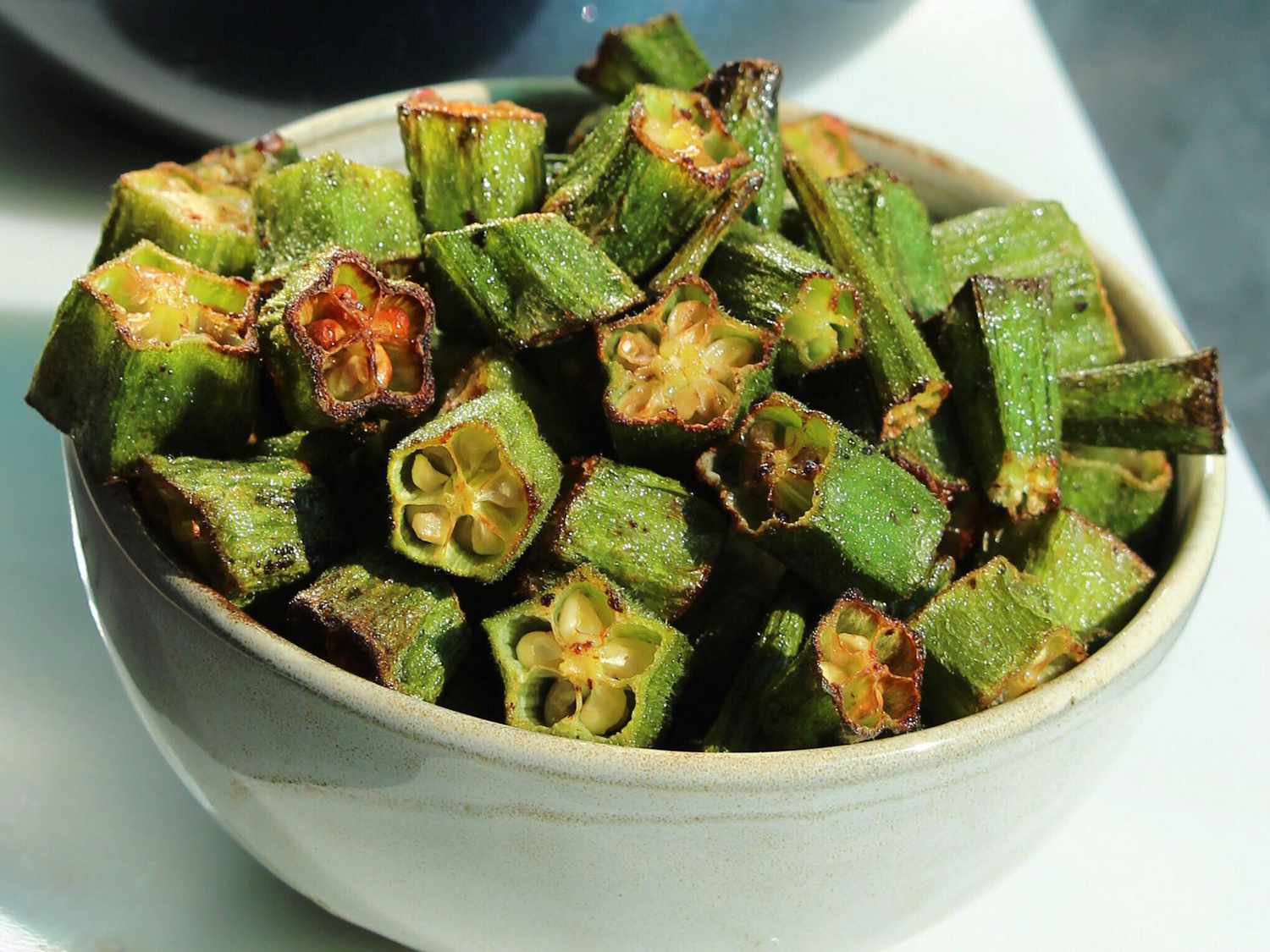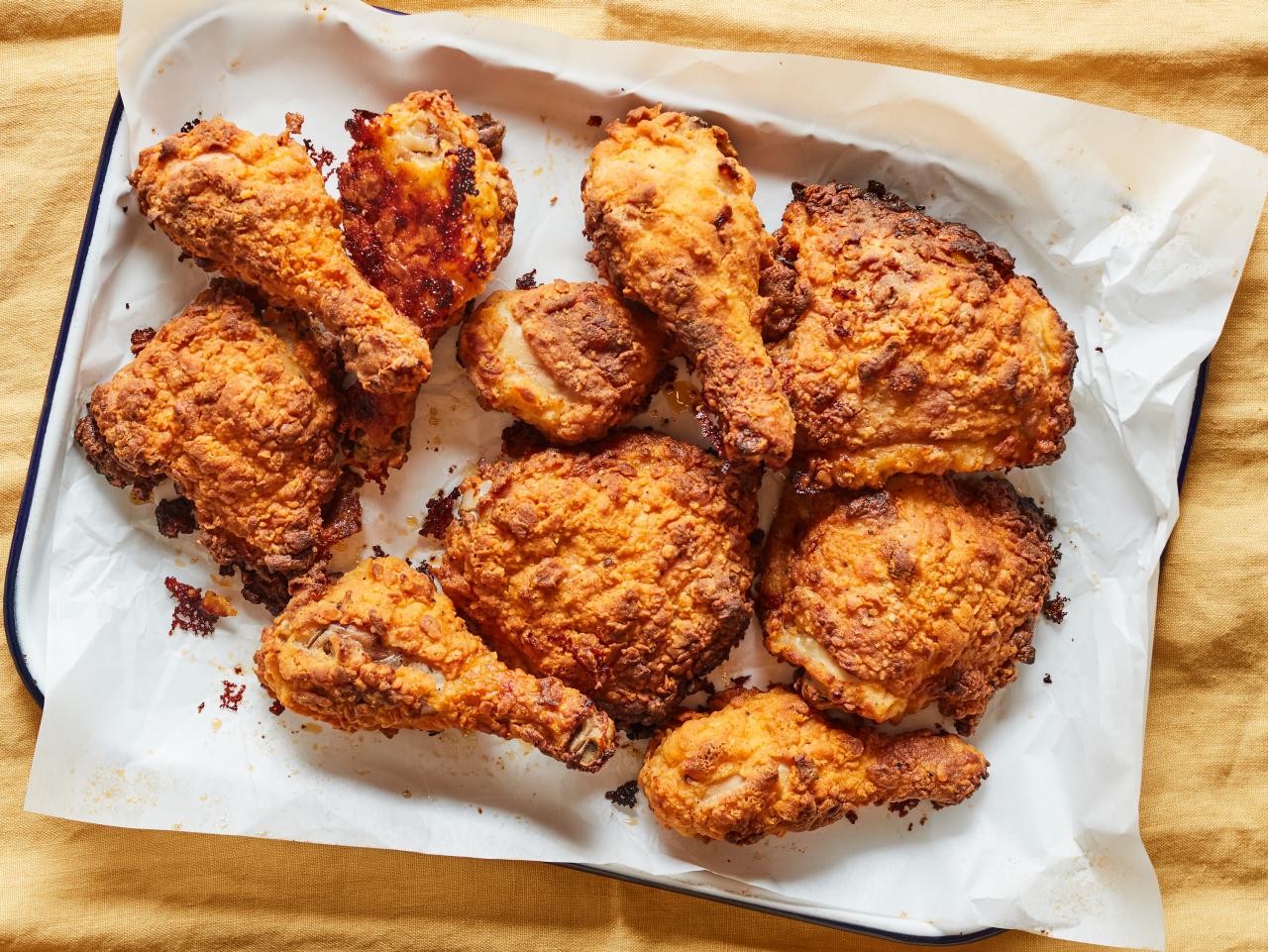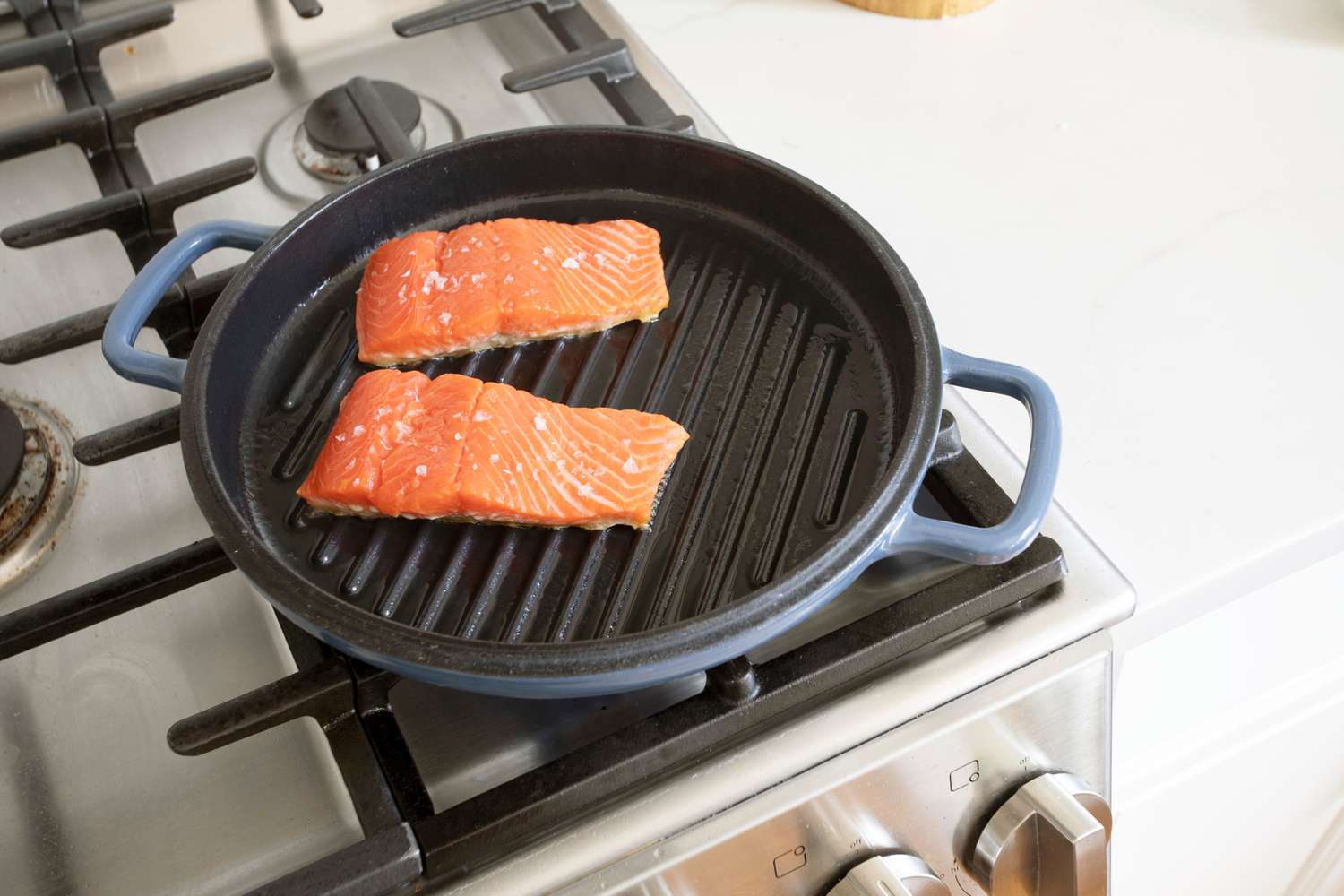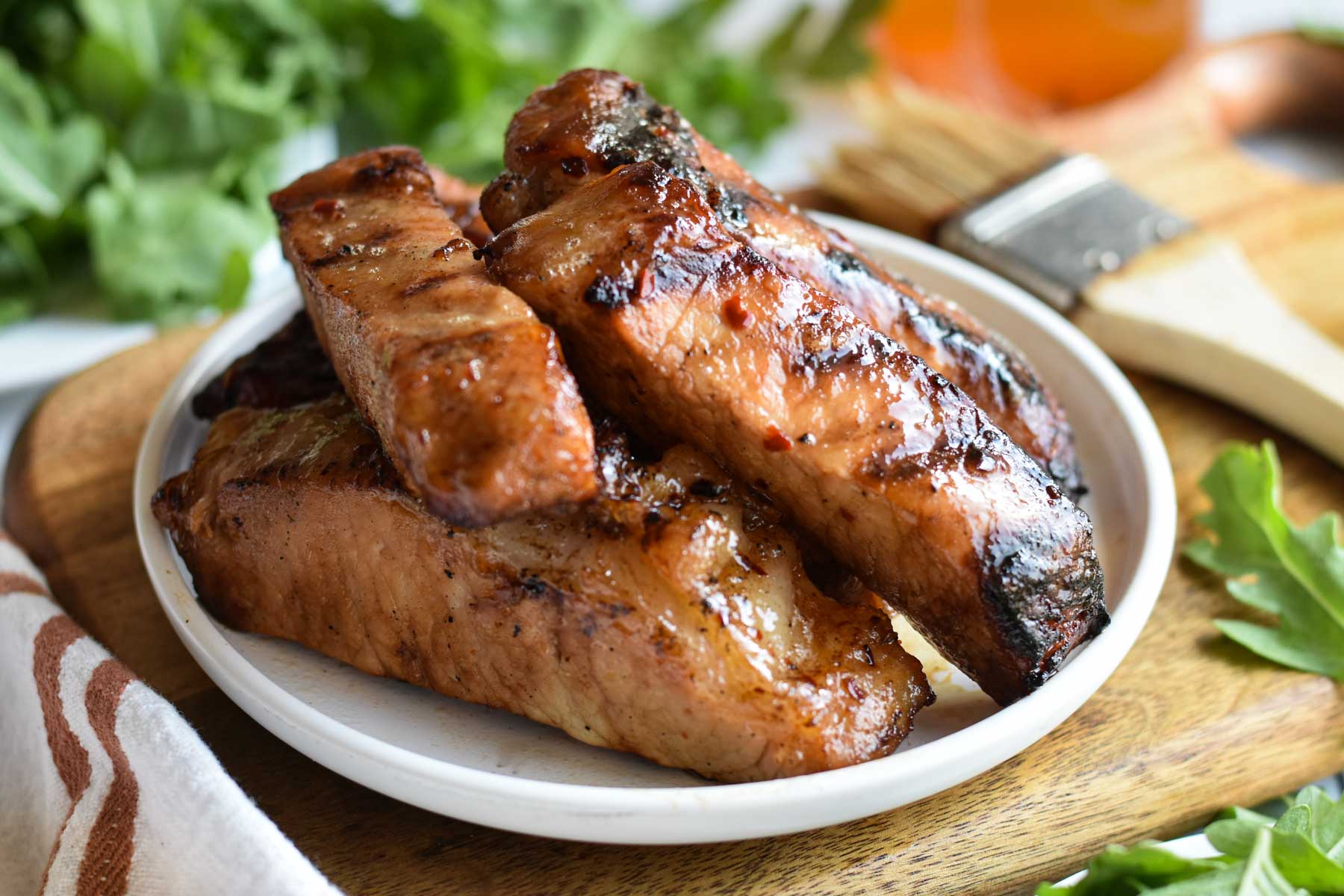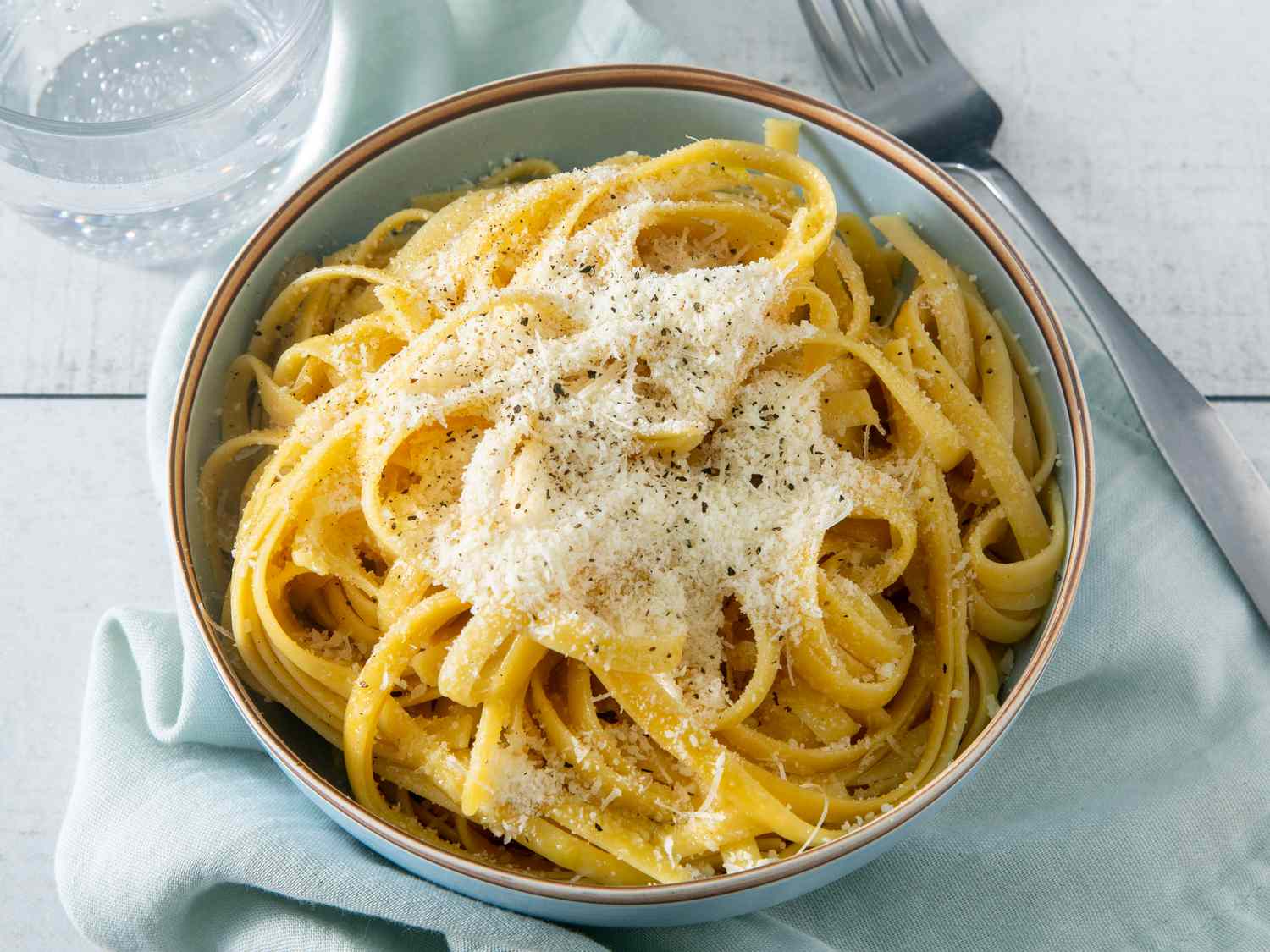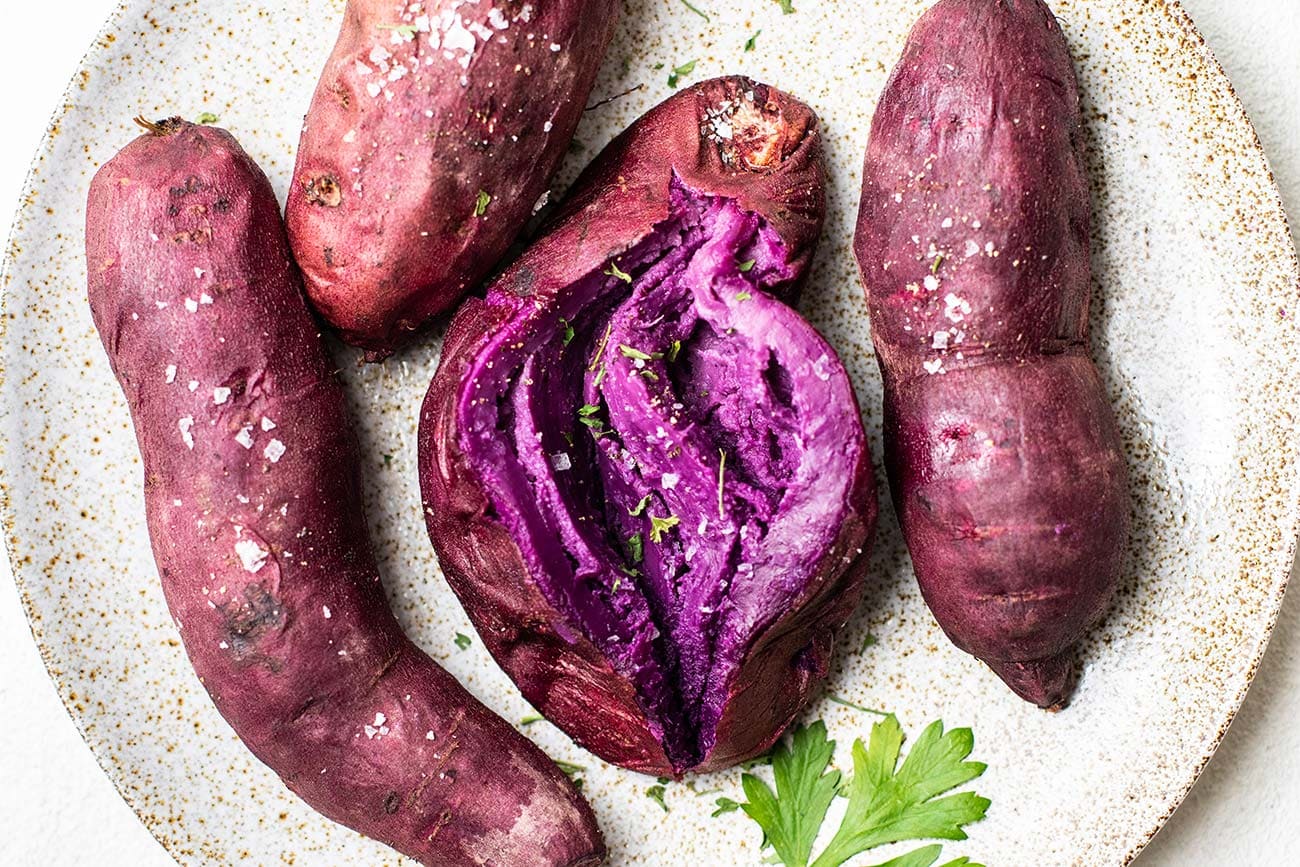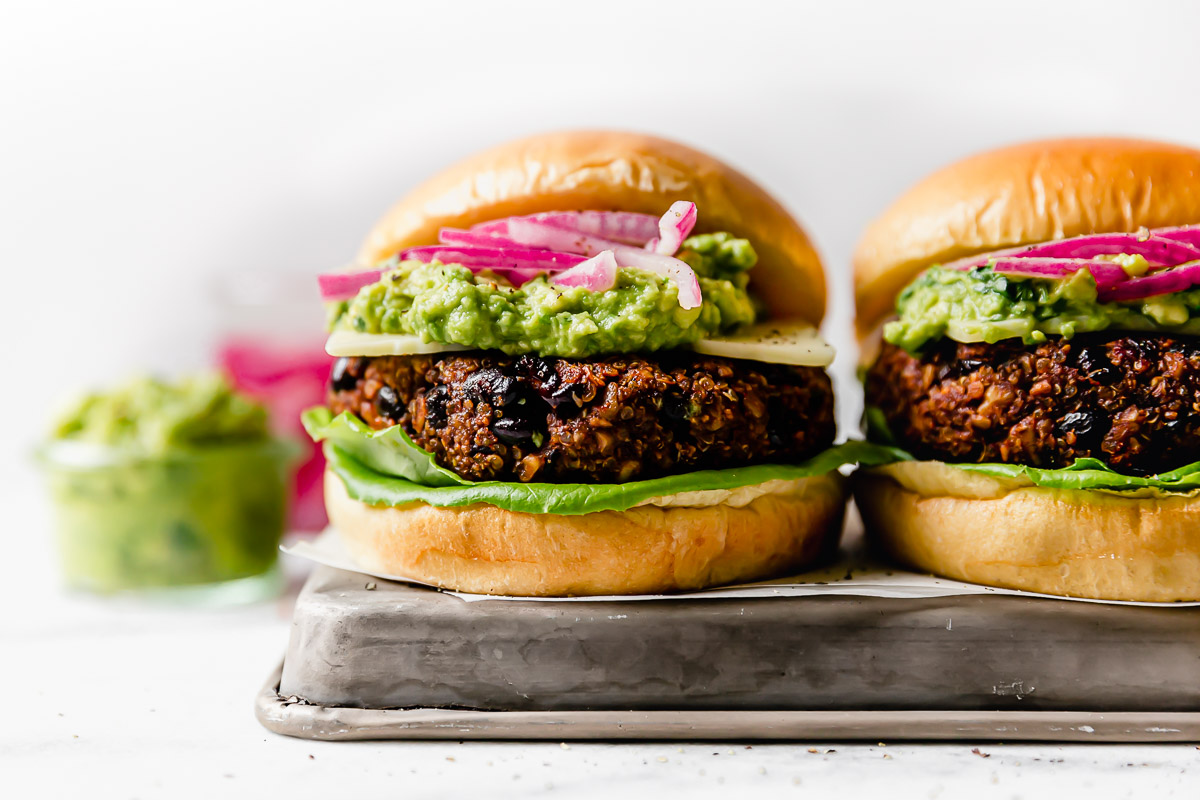Mastering the Art of Cooking Pork Shoulder Blade
When it comes to tender and succulent pork, the shoulder blade cut is a true star. Although it may seem intimidating at first, cooking pork shoulder blade to perfection is easier than you might think. With the right techniques and a bit of practice, you’ll be able to impress your friends and family with a delicious, melt-in-your-mouth pork dish. Let’s dive in and uncover the secrets to mastering the art of cooking pork shoulder blade.
1. Choosing the Perfect Cut
Before you start cooking, it’s essential to choose the right pork shoulder blade cut. Look for a cut that has a good amount of marbling throughout the meat, as this will ensure a moist and flavorful end result. It’s also important to select a piece that has a decent fat cap on one side, as this will help keep the meat tender and juicy during the cooking process.
2. Preparing the Meat
Properly preparing the pork shoulder blade is key to achieving a delicious outcome. Start by rinsing the meat under cold water and patting it dry with paper towels. Next, season the pork generously with your favorite dry rub or a mixture of salt, pepper, and spices. Allow the meat to sit at room temperature for about 30 minutes to allow the flavors to penetrate the meat.
3. Cooking Methods
There are several cooking methods that work well for pork shoulder blade, each yielding a unique flavor and texture. Here are a few popular options:
- Braising: This method involves searing the meat on all sides, then slow cooking it in a flavorful liquid, such as broth or wine, until it becomes tender and falls apart easily.
- Roasting: Roasting the pork shoulder blade in the oven at a moderate temperature allows the fat to render and the meat to develop a crispy crust while staying moist and juicy on the inside.
- Smoking: Smoking the pork shoulder blade over low heat adds a delicious smoky flavor and results in a tender, melt-in-your-mouth texture.
4. Cooking Time and Temperature
The cooking time and temperature depend on the method you choose and the size of the pork shoulder blade cut. As a general guideline, when braising, cook the meat in a preheated oven at 325°F (163°C) for about 2.5 to 3 hours per pound. Roasting at 375°F (190°C) will typically take around 25 minutes per pound. Smoking requires a lower temperature of 225°F (107°C) and can take 1.5 to 2 hours per pound.
5. Testing for Doneness
To ensure your pork shoulder blade is properly cooked, use a meat thermometer to check its internal temperature. For tender and juicy meat, aim for an internal temperature of 190°F (88°C) when braising or smoking, and 145°F (63°C) when roasting. Remember to insert the thermometer into the thickest part of the meat, avoiding any bones or fat.
6. Resting and Serving
Once the pork shoulder blade reaches the desired doneness, remove it from the heat source and let it rest for about 15 to 20 minutes. This allows the juices to redistribute, resulting in a more flavorful and tender meat. After resting, slice or shred the pork and serve it with your favorite sides, such as roasted vegetables, mashed potatoes, or a fresh salad.
With these tips and techniques, you’re well on your way to becoming a pork shoulder blade cooking pro. Whether you prefer the rich flavors of braising, the crispiness of roasting, or the smoky essence of smoking, the pork shoulder blade will never disappoint. So go ahead, grab that apron, and let’s cook up a delicious masterpiece!
